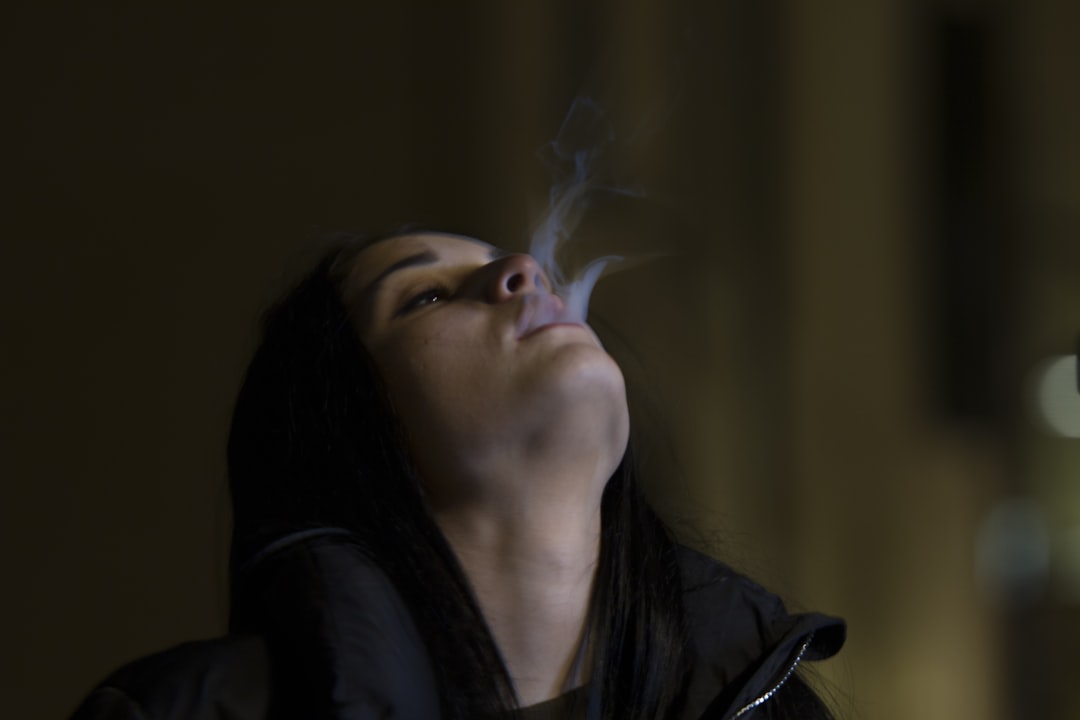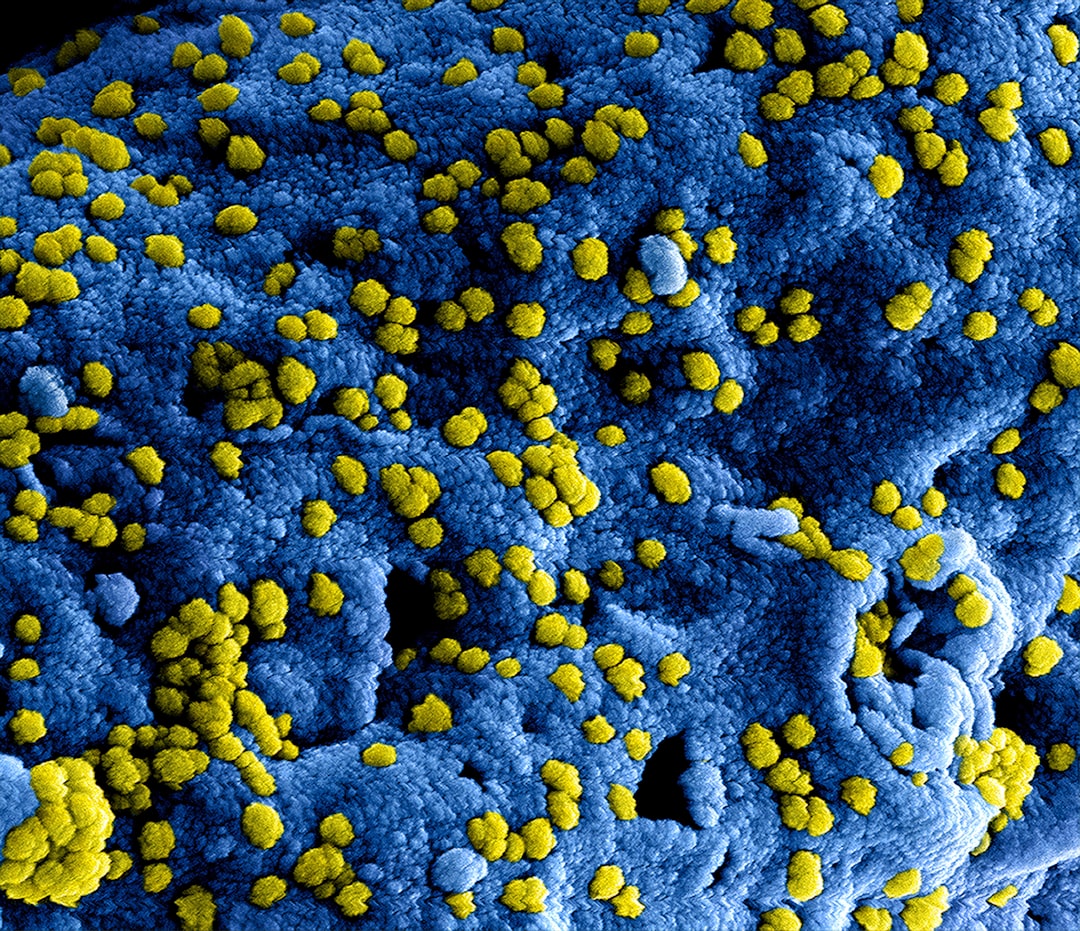What is it about?
This study determined that there were no significant differences in beneficial mycorrhizal colonization on the roots of the Darling 4 transgenic American chestnut compared to conventionally bred chestnut trees or other related species used in the study.
Featured Image
Why is it important?
This is one in a series of studies to confirm that the transgenic American chestnut trees with enhanced blight resistance are not significantly different than the wild type except for resistance.
Perspectives
The oxalate detoxifying enzyme gene was carefully chosen for the American chestnut tree because it has no anti-fungal activity. Instead it breaks down the oxalate used by the pathogen to help it infect the chestnut tree. Because of this targeted defense mechanism, it is not expected to effect non-target fungi and this study supports that hypothesis.
Dr William A Powell
SUNY ESF
Read the Original
This page is a summary of: Comparisons of Ectomycorrhizal Colonization of Transgenic American Chestnut with Those of the Wild Type, a Conventionally Bred Hybrid, and Related Fagaceae Species, Applied and Environmental Microbiology, October 2014, ASM Journals,
DOI: 10.1128/aem.02169-14.
You can read the full text:
Resources
Contributors
The following have contributed to this page










